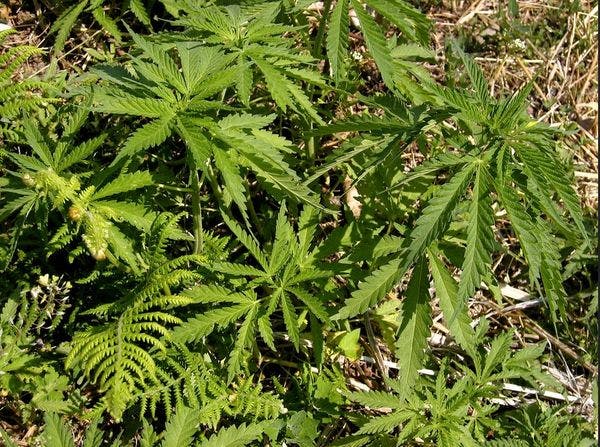La política de cannabis en la República Checa
Tereza Filipková repasa la trayectoria de las leyes de drogas en la República Checa, haciendo especial hincapié en el uso de cannabis. Más información, en inglés, está disponible abajo.
Suscríbase a las Alertas mensuales del IDPC para recibir información sobre cuestiones relacionadas con políticas sobre drogas.
Many countries that used to be part of the former Eastern European bloc inherited a legacy of heavy-handed drug policy aiming for the unrealistic goal of “society without drugs” and a harsh repression of drug-users. Although the Czech Republic used to be part of the Soviet sphere of influence for decades, it managed to escape this model. Nowadays, “Czech drug policy has been considered modern, pragmatic, rational and sometimes too liberal”. Czech drug policy is now focused on attainable goals and evidence-based prevention, harm reduction, treatment and rehabilitation programmes.
Czech drug policy is conducted at three levels – national, regional and municipal, all of them coordinated by the Government Council for Drug Policy Coordination (GCDPC).This Council also prepares and submits the two key documents concerning drug policy: National Drug Policy Strategy and Action Plan for the Implementation of the National Drug Policy strategy. Moreover the Council is in charge of the drug policy budget.
The current National Drug Policy Strategy encompasses the 2010-2018 time-framework with four long-term objectives: 1) Reduction of experimental and occasional drug use (particularly among young people); 2) Reduction of intensive drug use; 3) Reduction of drug-related risks (to individuals as well to society); and 4) Reduction of availability of drugs (above all for young people).
The Action Plan for Implementation of the National Drug Policy Strategy is adopted only for three consecutive years and its task is not only to define specific goals to attain the objectives of the above mentioned strategy but also to articulate the priorities within them. The current one was adopted 2013 and the priorities are: 1) Lowering the scale of excessive alcohol consumption and cannabis consumption by young people; 2) Being more concerned with high percentage of methamphetamine usage; 3) Reform of the financing of drug policy; and 4) Integration of drug policy.
The Czech drug related legislation is quite extensive and includes laws as well as various by-laws. The most important feature of the Czech legislative system is that criminal law does not consider drug use to be a criminal offence.
The Czech Criminal Code (Act No. 40/2009)prohibits the unauthorised production and other handling of narcotic and psychotropic substances and poisons (§283), possession of narcotic and psychotropic substances and poisons (§284), unauthorised cultivation of plants containing narcotic and psychotropic substances and poisons (§286), spreading of drug addiction (§287) and production and other handling of substances with hormonal effect (§288).But it is important to note, that if one possesses amount not “greater than small” for personal use only, one is not liable for a criminal offence but only for a misdemeanour which is punishable by a fine up to 15.000,- CZK (around 500 Euros).
What is meant by “greater than small” was not enacted in any law or by-law before 2010 and had to be decided case-by-case within the judicial system. This situation changed in 2009 when the government issued a directive setting the amounts. This directive was abolished by a ruling of the Czech Constitutional Court in 2013 because it “asserted that only a law, not a government regulation, could define what a criminal offence is”. Consequently, due to significantly increased prevalence by young people and due to increased numbers of large-scale production facilities, the Czech Supreme court set stricter rules concerning non-criminal amounts. The court allowed 1.5 gram of methamphetamine, 1.5 gram of heroin, 1 gram of cocaine, 10 grams of cannabis dry matter, 5 units of ecstasy and5 grams of hashish.
Click here to read the full article.
Keep up-to-date with drug policy developments by subscribing to the IDPC Monthly Alert.
Thumbnail: Flickr CC Moss
